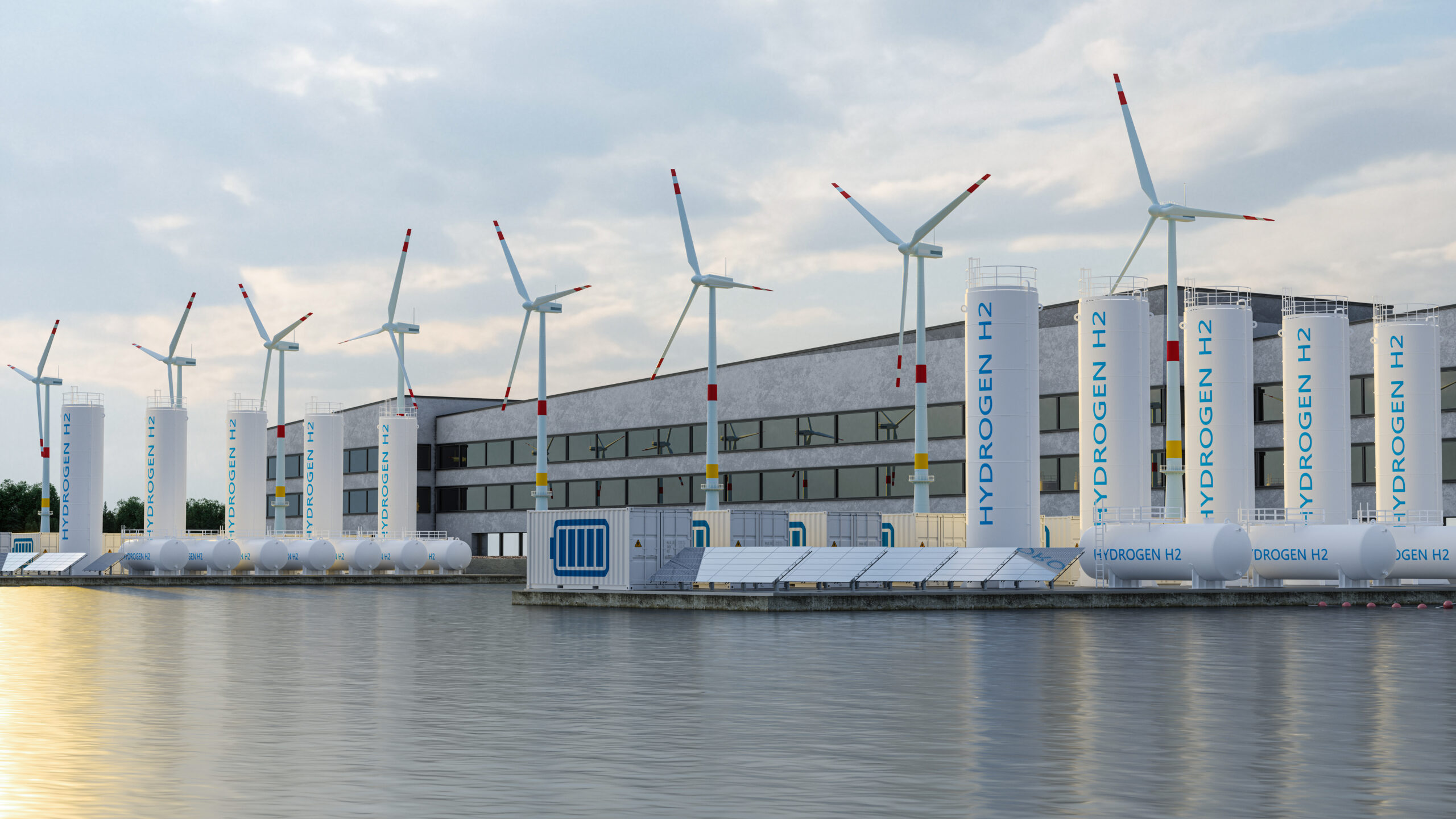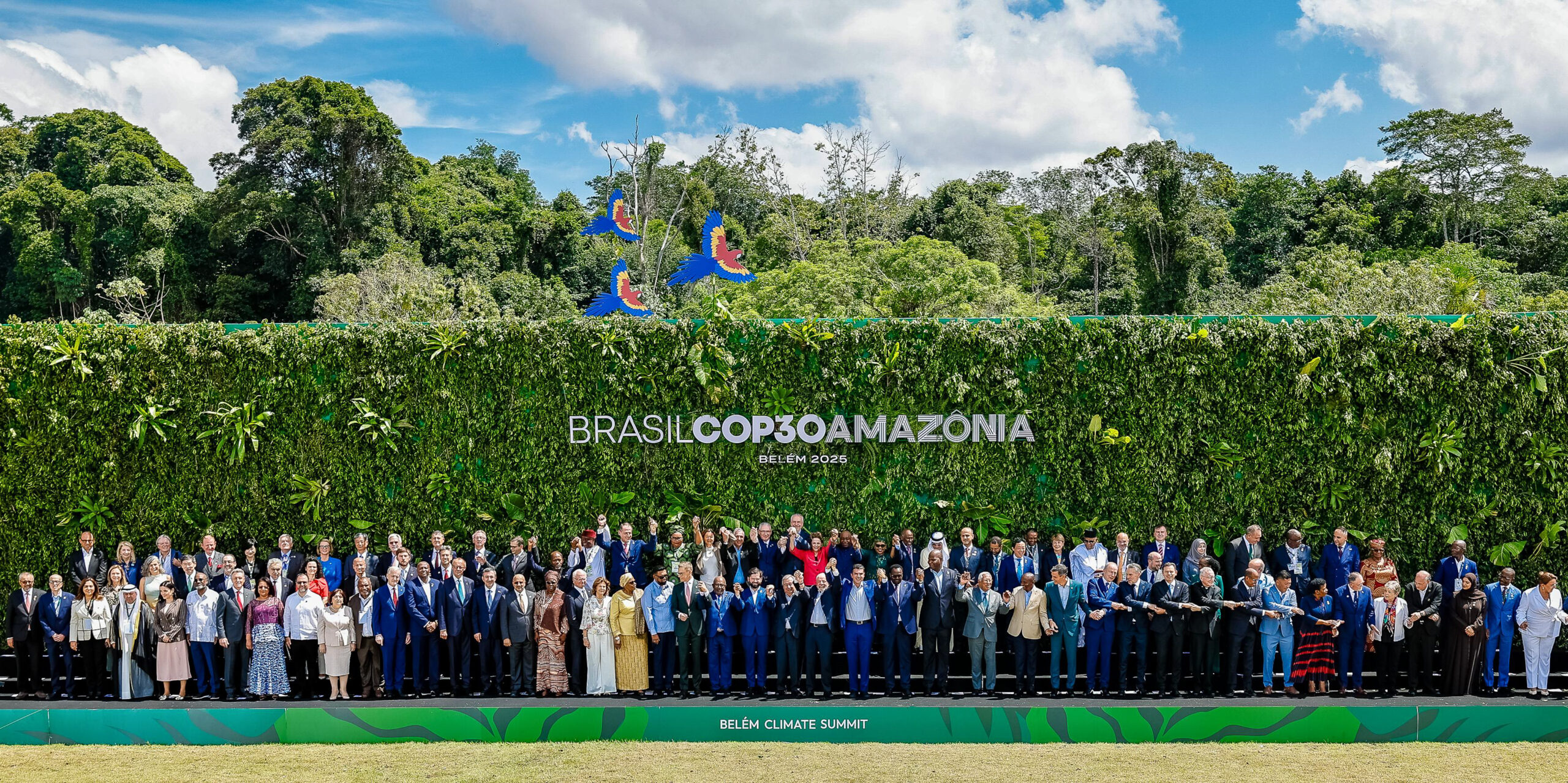This article orginially appeared on Consultancy.in on 18 October 2023.
In the global pursuit of a sustainable and low-carbon future, clean hydrogen has emerged as a leading contender in the shift towards a net-zero world.
Produced from renewable sources such as wind and solar energy—and completely devoid of carbon emissions—it holds the promise of meeting approximately 25% of the world’s energy demand by 2050 and bringing long-term value to the climate debate, with the potential to mitigate global temperature increases to 1.5 degrees Celsius.
The global clean hydrogen market is poised for exceptional expansion, with a projected Compound Annual Growth Rate (CAGR) of 17.8% from 2023, reaching US$25.4 billion by 2030. However, there is a high cost to clean hydrogen production, largely stemming from insufficiently localised value chains—presenting a significant obstacle to its widespread adoption by various industries.
India at the cusp of global clean hydrogen revolution
India in particular is well positioned to play a crucial role in the global stage unlocking the immense potential of clean hydrogen meeting its domestic and export demand. India, as one of the world’s most populous and rapidly growing nations, recognises the urgency of embracing zero-carbon fuels and leading the efforts for clean hydrogen revolution setting an ambitious target of producing 5 million metric tonne per annum (mmtpa) of green hydrogen by 2030.
The National Green Hydrogen Mission, initiated in January 2023 and led by the Ministry of New and Renewable Energy, has primarily focused on green hydrogen supply, electrolyser manufacturing, and associated financial incentives. In August 2023, Power and Renewable Energy Minister RK Singh mentioned that a proposal for mandatory green hydrogen usage in certain industries might soon be submitted for cabinet approval. However, the specific percentage of green hydrogen’s inclusion is still uncertain, as Singh said that “the concerned ministries” for these industries are pushing for lower percentages.
At present, India’s hydrogen consumption stands at 6.7 million tonnes annually, constituting roughly 8% of the global demand. The predominant source of this demand is conventional grey hydrogen, derived from fossil fuels, mainly serving the captive requirements of the refining and fertiliser sectors. Nevertheless, the Indian government’s vision translates into a clean hydrogen market worth $8 billion in India by 2030, with estimations reaching $340 billion by 2050. Embracing clean hydrogen holds the potential for substantial energy import cost savings, projected to range between $246 billion and $358 billion over the same period.
However, an Emkay Global Financial Services report released in October 2023 listed some challenges to the government’s ambitions. “Considering the large scale of renewable energy (125GW) and electrolyser capacity (60GW) required, some amount of haircut to this estimate is likely. We believe 3mmtpa is more reasonable” against the 5mmtpa target set, the report said.
Given the prominent role of clean hydrogen in industrial decarbonisation, there is a need to address the challenges of high production costs, regulatory support, leadership commitments and large-scale investments. It is time for us to shift focus from why to how we can effectively enable and integrate clean hydrogen systems.
Significance of a comprehensive value chain
Realising clean hydrogen’s potential and achieving intended economic, energy, and environmental objectives necessitates a well-structured clean hydrogen value chain, including production, transport, storage, and utilisation. Each aspect of the value chain presents unique challenges and opportunities. To create a thriving clean hydrogen ecosystem, it is essential to address these aspects comprehensively. Therefore, it becomes crucial to:
- Drive low-cost innovations across the entire value chain to be tested, validated and made market-ready for large-scale adoption
- Conduct feasibility studies for various end use-cases for clean hydrogen, leading to establishing proof of concepts
- Unlock catalytic financing to establish technically viable and commercially scalable projects to accelerate demand
- Create clean hydrogen hubs, solving supply chain issues and addressing demand-supply challenges.
While government policies show noteworthy progress and outline a compelling vision for India’s journey towards clean energy leadership, a paper released in July 2023 has compiled a comprehensive set of recommendations to not only reinforce the government’s initiatives but also to expedite the transition and maximise the environmental and commercial potential associated with clean hydrogen. The recommendations include:
- Stimulate and accelerate the creation of hydrogen demand by consumers
- Meet infrastructure needs
- Enable supply chain capabilities across the ecosystem
- Address the impact of energy transition on the workforce.
Collaboration between stakeholders across the value chain is pivotal for piloting and scaling clean hydrogen technologies and their use. Xynteo’s efforts under its Energy Leap accelerator is one such example to drive collaboration between start-ups, industries, and investors to help scale innovations, drive demand and unlock capital for clean hydrogen sector.
The need of the hour is to adopt from our learnings and trends observed in the growth of sectors such as solar and wind power to achieve the ambitions and sector-specific mandates for clean hydrogen, and further fast-track pathways for a global sustainable energy future.
Stay up to date with our latest interviews by following us on social media (LinkedIn, X, Instagram), or Contact Us to find out how we can help your leaders and organisation create people and planet-positive impact.



